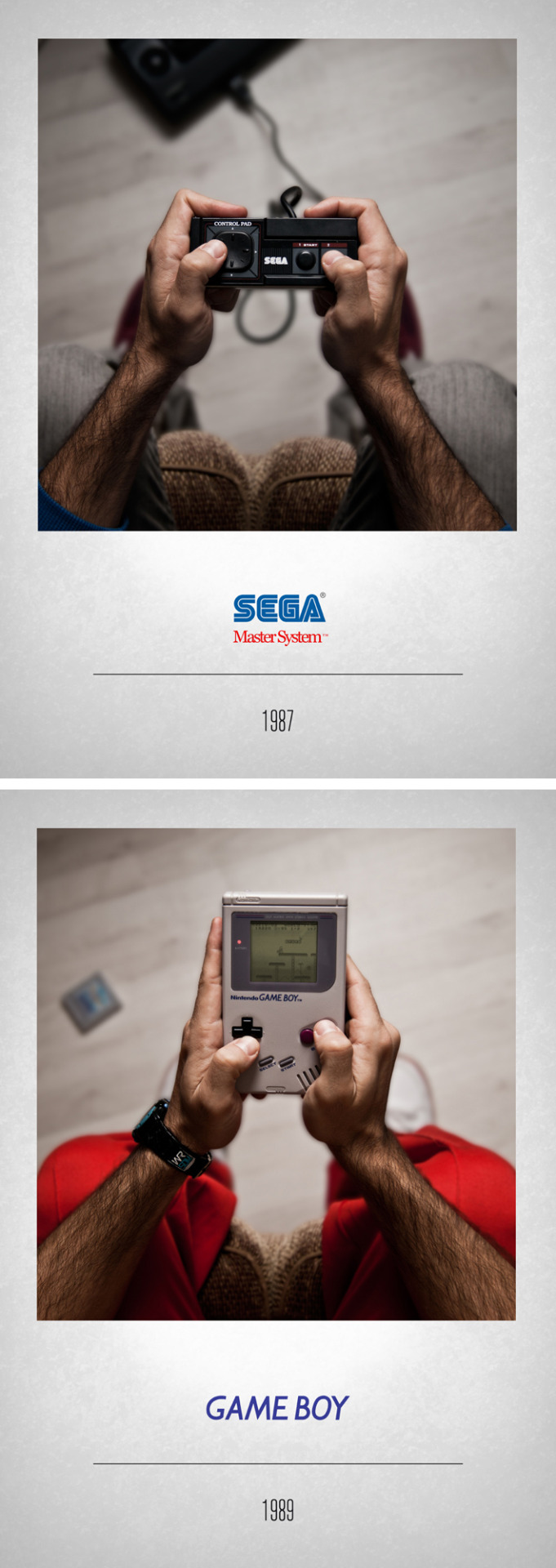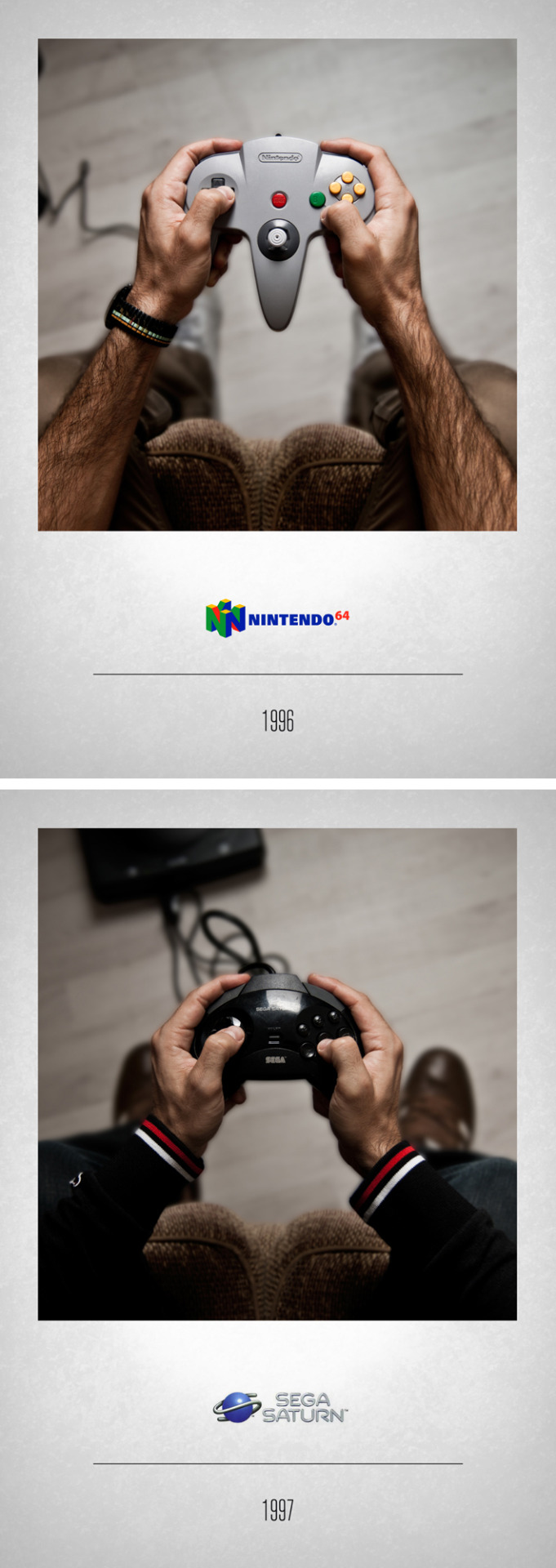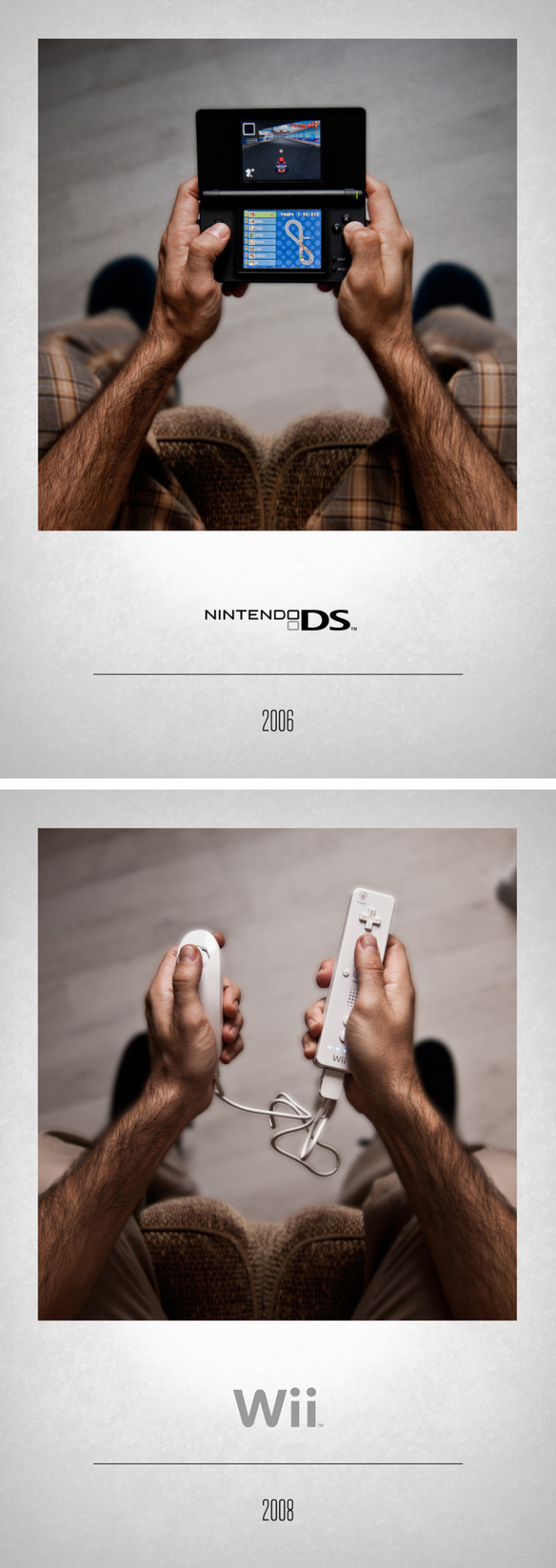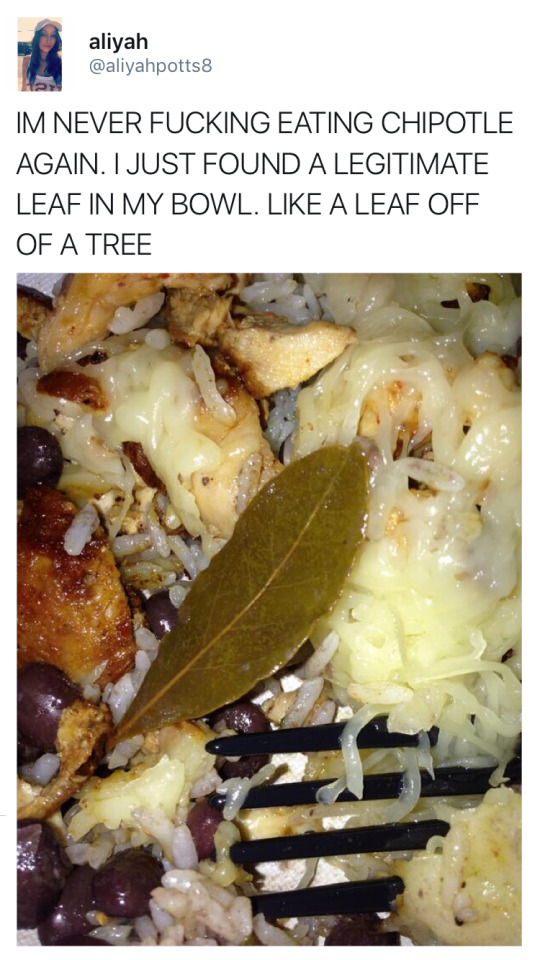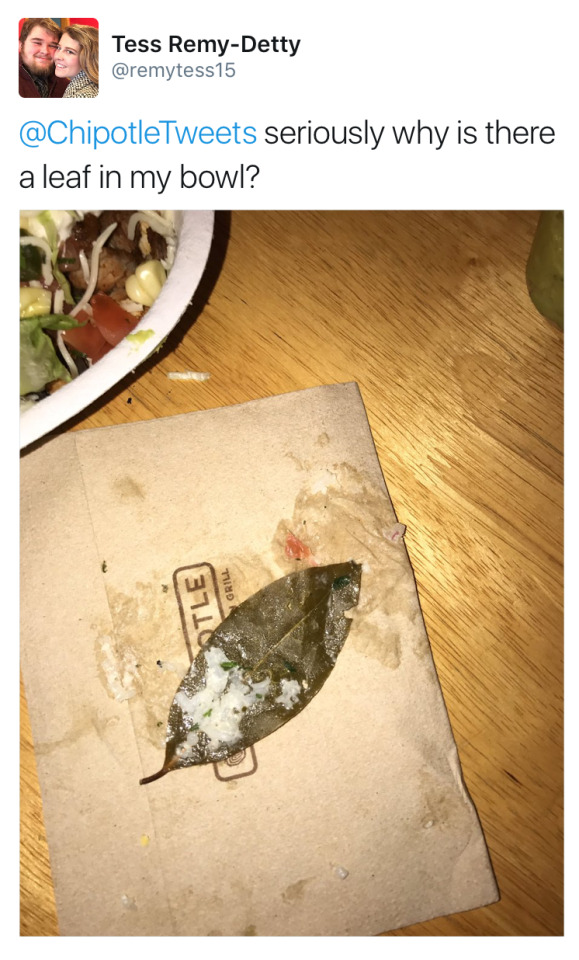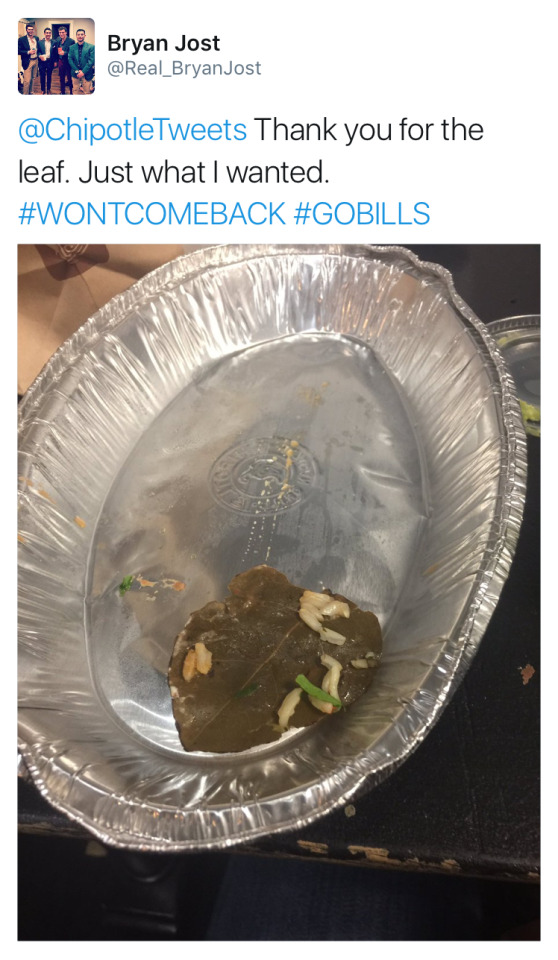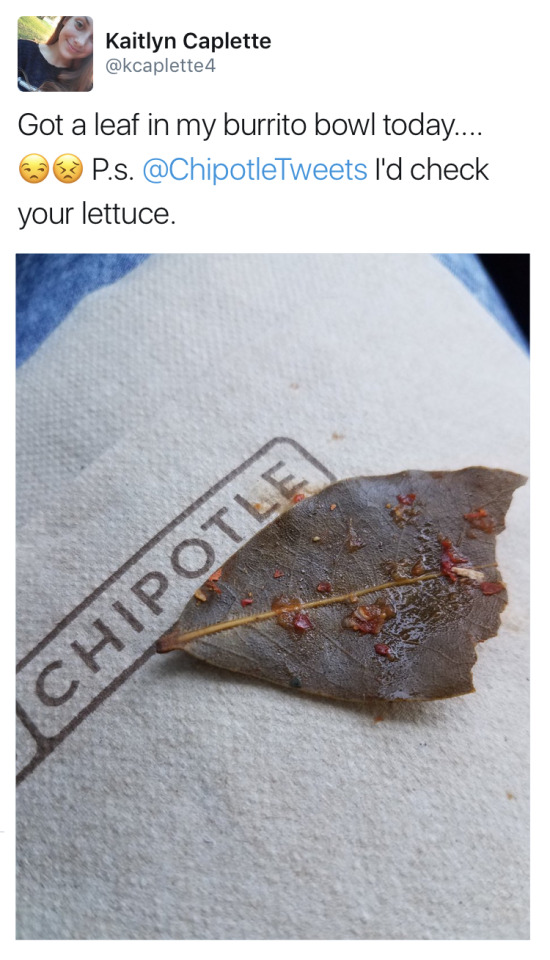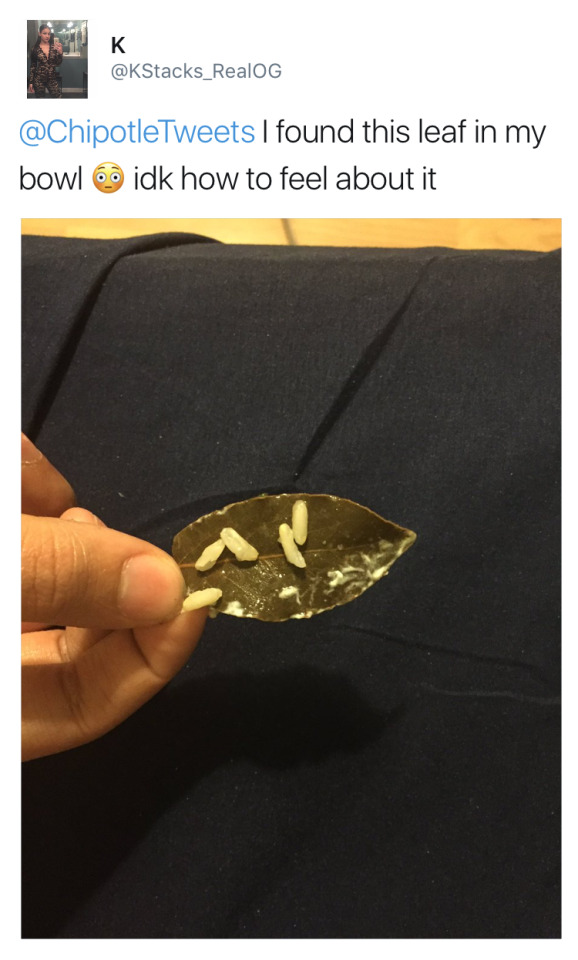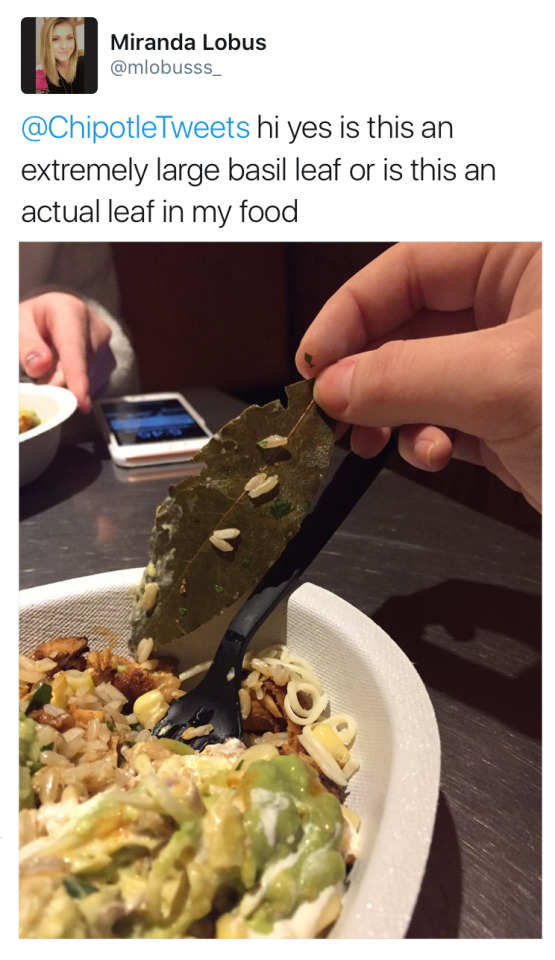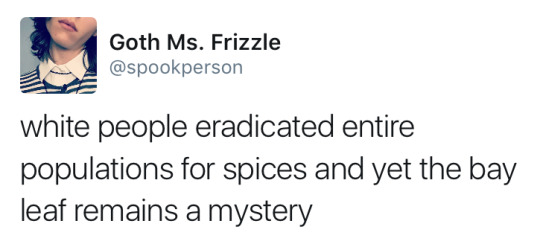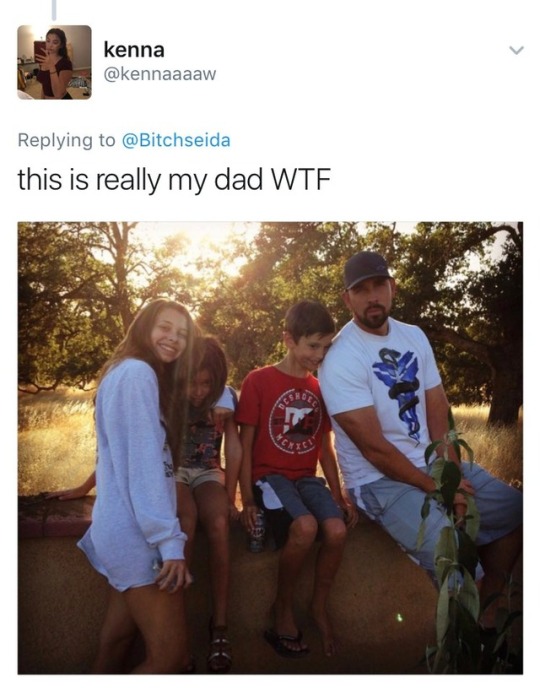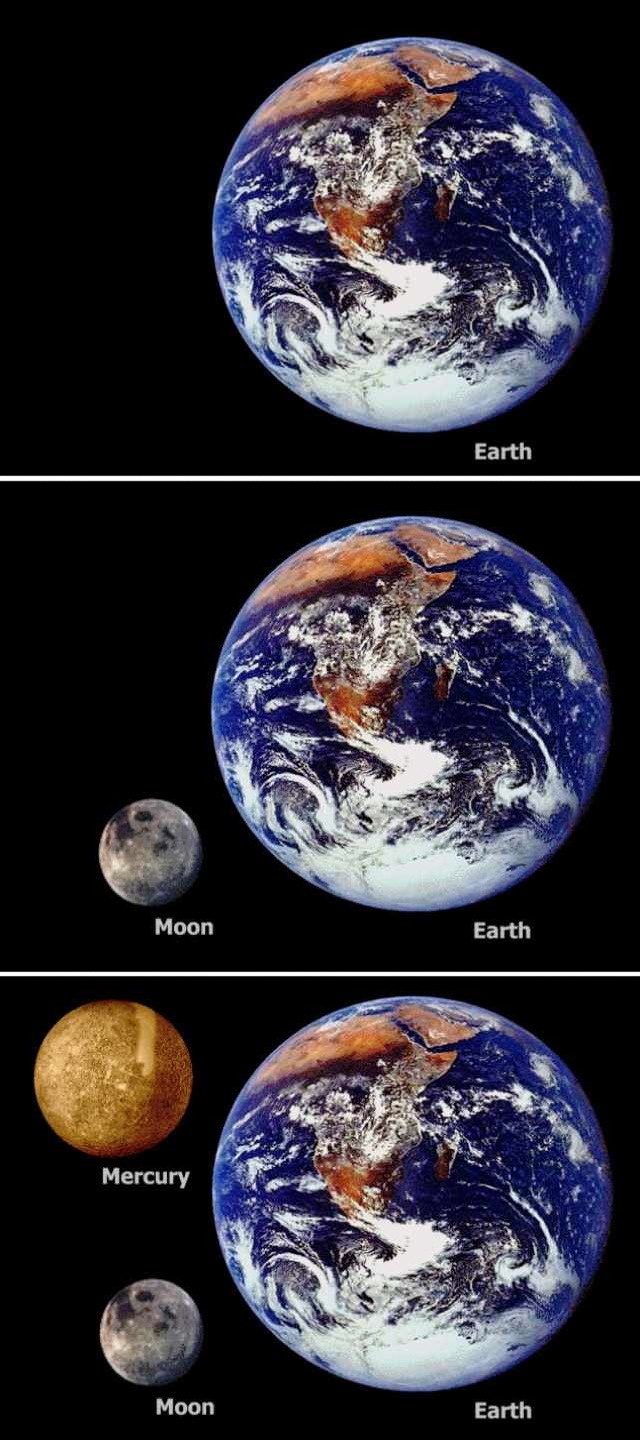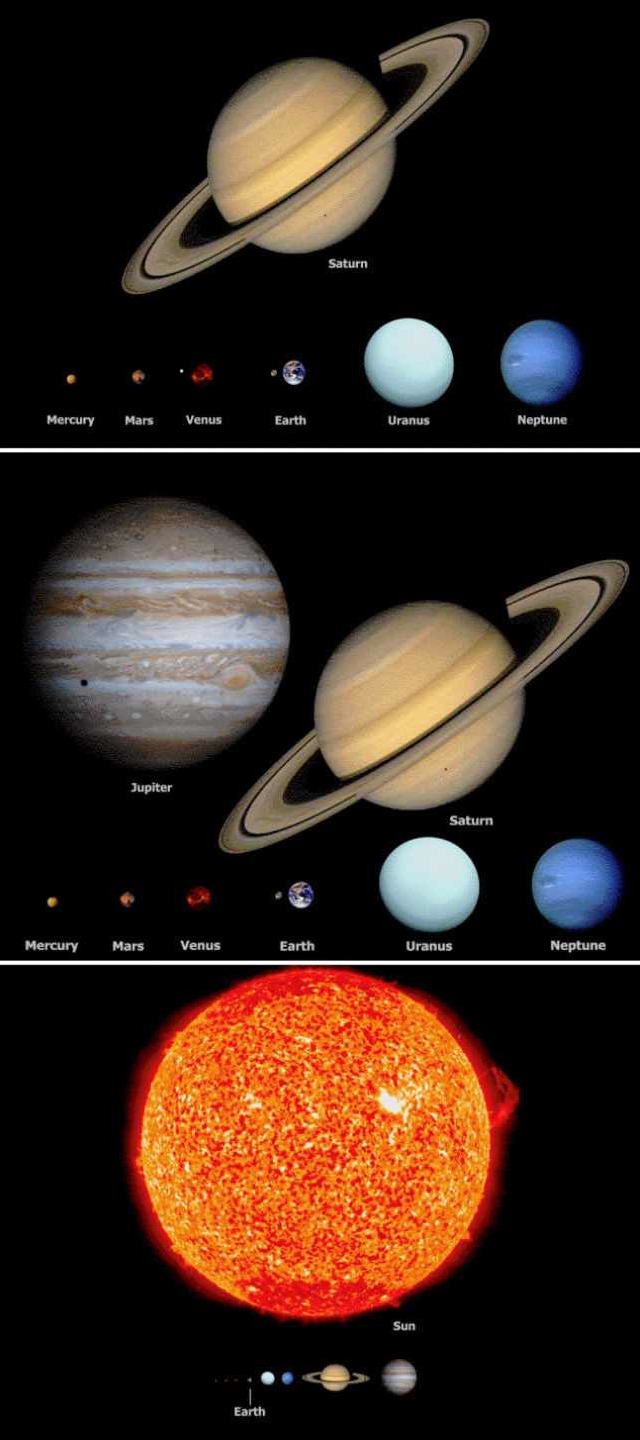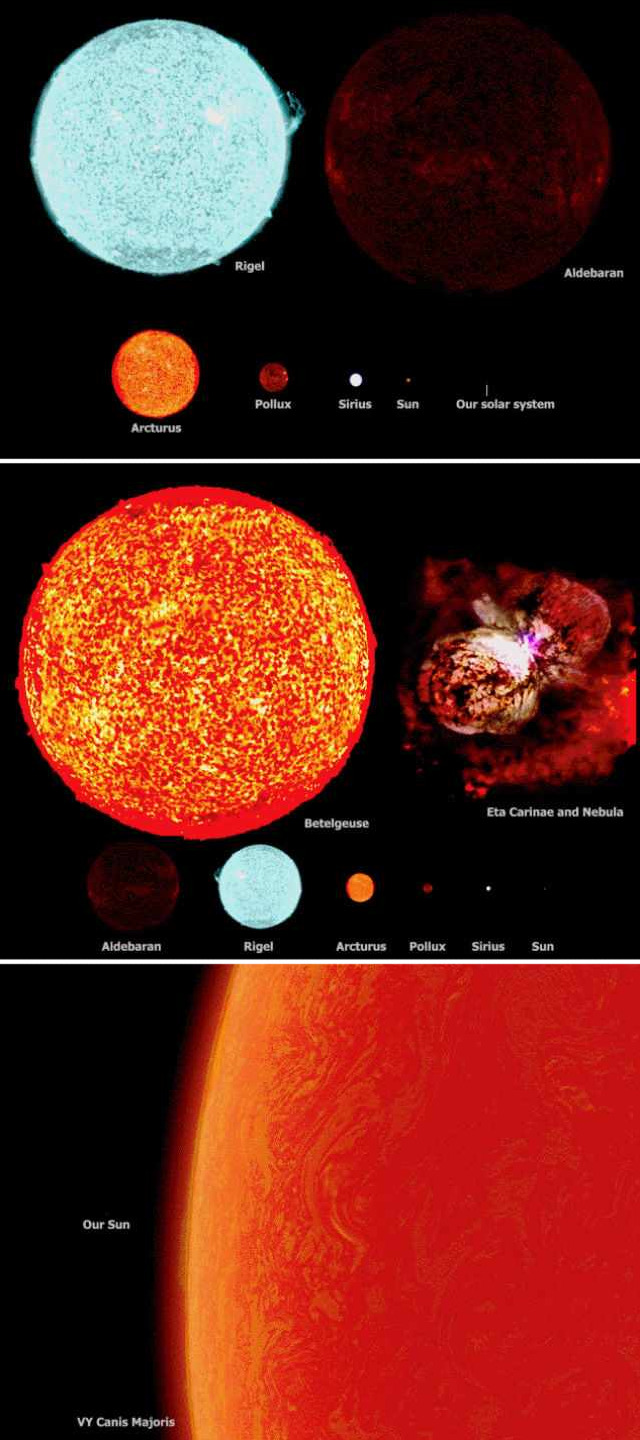Don't wanna be here? Send us removal request.
Video
“Marvin Gaye’s voice was so amazing that even when you strip away all of the musical accompaniment it stops you in your tracks.”
Wow.
73K notes
·
View notes
Video
“Marvin Gaye’s voice was so amazing that even when you strip away all of the musical accompaniment it stops you in your tracks.”
Wow.
73K notes
·
View notes
Photo

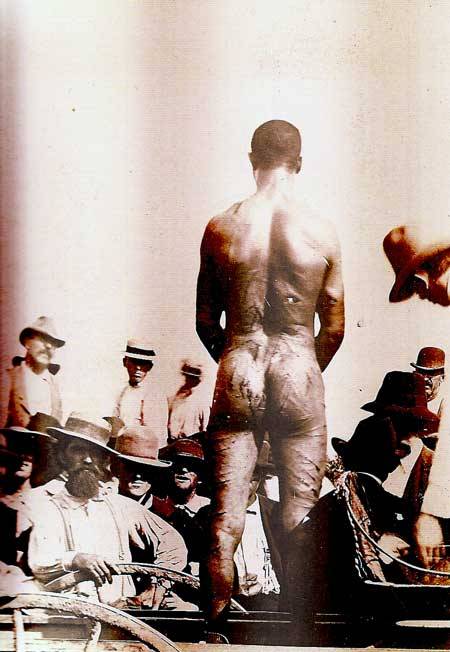




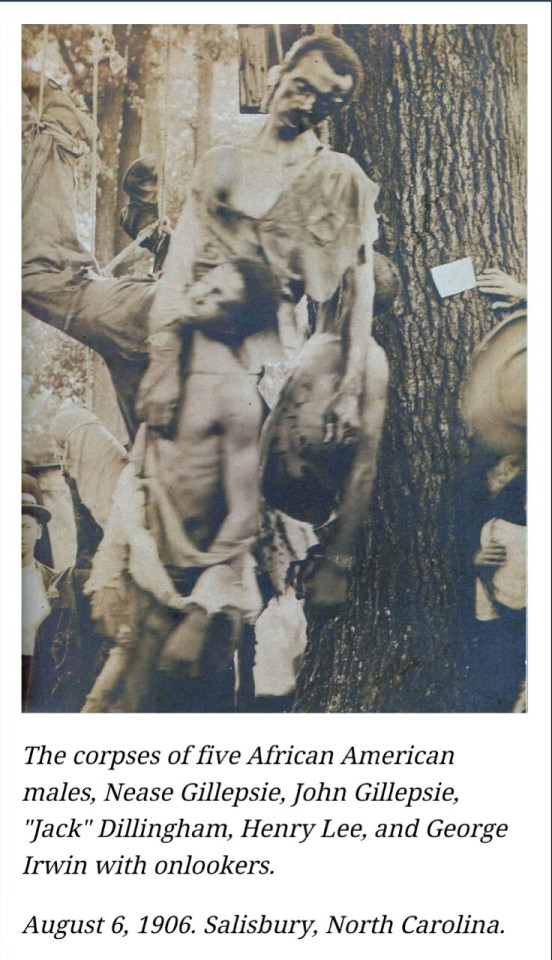

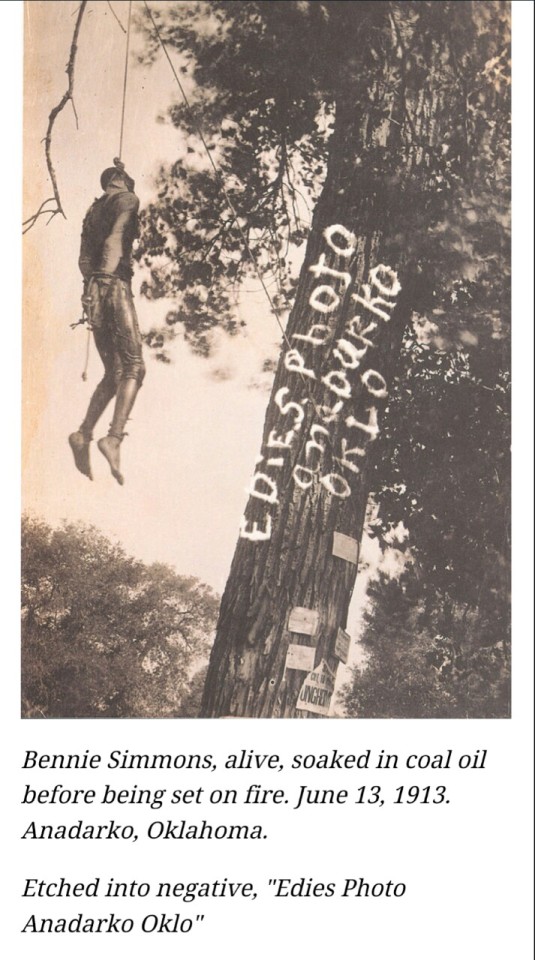
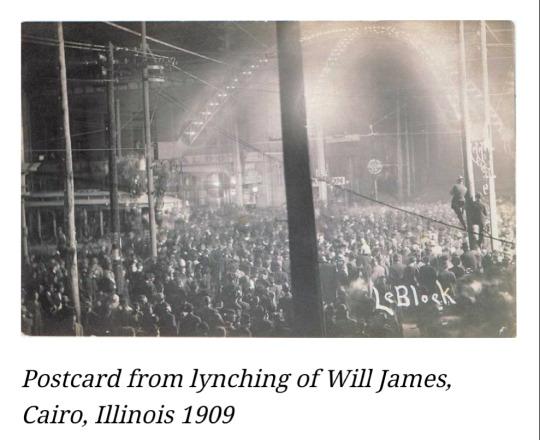
American Terrorism… Lynching Postcards
Terrorism is defined as “the use of violence and intimidation in the pursuit of political aims.” Western media likes to paint terrorists with a brown face, but one of the most horrific campaigns of terror happened in the past century on American soil – the estimated 3,436 lynchings of black American men and women between 1882 and 1950, intended to control and intimidate the recently freed black population. There is nothing more disturbing than being confronted with visual evidence of humanity’s dark heart, especially when it is evidence of a widespread, mainstream hatred for and violence towards one another. Hatred that stems from fear, and is driven by religion and a belief that murder is morality made distorted flesh; violence that aims to cow and suppress any aspirations a community might have for equality and a brighter future.
When I came across this collection of American postcards from James Allen and John Littlefield, published in a book entitled Without Sanctuary, I saw how important it is to look at these images, today more than ever. These postcards were made to commemorate events that made many American white people feel proud – of their race, of their superiority, of their civilization and their intelligence. They took photos of their disgusting, cowardly accomplishments and memorialized them for future generations, to be found and collected and remembered by their descendents. On the backs, they wrote to friends and family in sociopathic excitement about the mob the participated in. These postcards capture the mobs witnessing with glee the murder of young men and women, whose most serious crime was the color of their skin. The corpses hanging and charred in these postcards lived in a world that counted down the days until their murder from the second they drew air into their infant lungs. This history is potent, stomach-churning and of essential importance to the America of today, and to the world of today. And the most striking thing about these photographs is that they don’t erase the perpetrators like many histories and memorials do today, preferring to focus on who was victimized rather than on those who proudly – and with government backing – tortured, raped and murdered people. The murderers in these photos stand proud, grown men looking at the camera with the smiling conviction that the teenage boy they just killed, one against a hundred, was deserving of their hatred, fear and frustration. No grand jury needed; the law was in the hands of the murderers.
History is not linear; history is happening all around us, all the time. These photos are context, they are reality, they are pictures of American terrorism. Read James Allen’s commentary below and be aware that these photos are sickening, and all too real.
Africans in America mounted resistance to white people lynchings in numerous ways. Intellectuals and journalists encouraged public education, actively protesting and lobbying against lynch mob violence and government complicity in that violence. The National Association for the Advancement of Colored People (NAACP), as well as numerous other organizations, organized support from white and black Americans alike and conducted a national campaign to get a federal anti-lynching law passed. African American women’s clubs raised funds to support the work of public campaigns, including anti-lynching plays. Their petition drives, letter campaigns, meetings and demonstrations helped to highlight the issues and combat lynching.[4] In the Great Migration, extending in two waves from 1910 to 1970, 6.5 million African Americans left the South, primarily for destinations in northern and mid-western cities, both to gain better jobs and education and to escape the high rate of violence.
From 1882 to 1968, “…nearly 200 anti-lynching bills were introduced in Congress, and three passed the House. Seven presidents between 1890 and 1952 petitioned Congress to pass a federal law.”[5] In 1920 theRepublican Party promised at its national convention to support passage of such a law. In 1921 Leonidas C. Dyer from Saint Louissponsored an anti-lynching bill; it was passed in January 1922 in the United States House of Representatives, but a Senate filibuster by the Southern white Democratic block defeated it in December 1922. With the NAACP, Representative Dyer spoke across the country in support of his bill in 1923 and tried to gain passage that year and the next, but was defeated by the Southern Democratic block.
89K notes
·
View notes
Video
This is not a time-lapse video. Amazing footage of a river of lava moving at an incredible speed captured by photographer Ken Boyer.
37K notes
·
View notes
Text
My SFW love language 😍:
• To be trusted with your vulnerabilities and insecurities. tell me a story you haven’t told before.
• Let me cook meals for you.
• Share music, tv and movies with me.
• Unexpected head rubs & back massages for us.
• Hugs from behind when you see me stressed.
• Occasional foot rubs for me.
• Regular foot rubs for you with full-service pedicures; sometimes for no reason other than to make you feel cherished.
• Road trips to anywhere with your pretty feet on the dash or in my lap.
• Play with my locs to show me you love me.
• Forehead kisses for you.
32 notes
·
View notes
Video
I will NEVER forget this episode of the boondocks 💀💀💀
4K notes
·
View notes
Text
“Sometimes you just need to go off the grid and get your soul right.”
— (via deeplifequotes)
That is me right now
46K notes
·
View notes
Photo
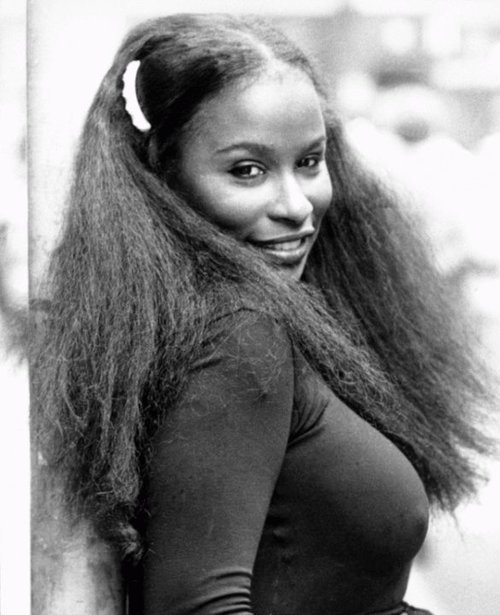

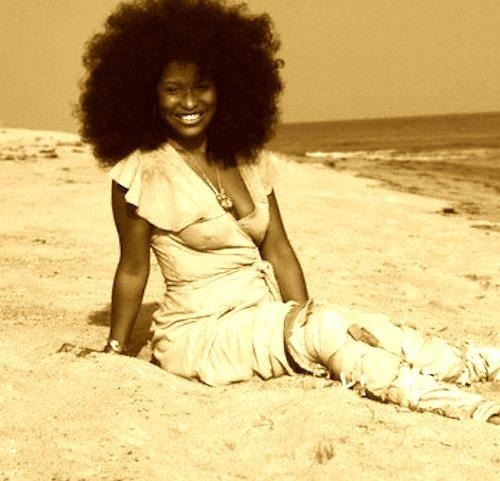






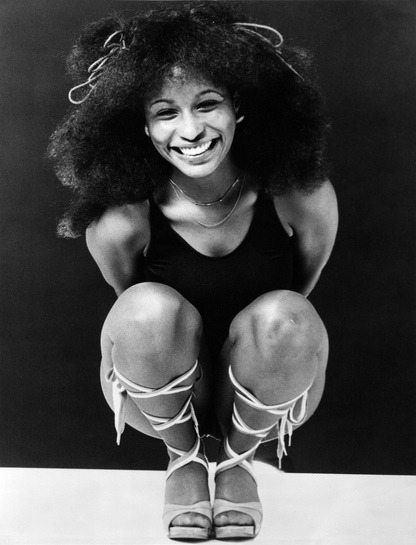
This is Chaka Khan appreciation. Without Chaka, we might never have heard of the (still-underrated) Rufus. We would’ve never had Kanye’s “Through The Wire.” We would’ve just missed so much. Whether you call here Yvette Marie Stevens (her birth name) or Chaka Adunne Aduffe Hodarhi Karifi (adding the Khan after marriage), the name she received when she became a member of the Black Panther Party and friends with Fred Hampton, you’d have to acknowledge that lovers of music owe her so much. 11 solo albums. Another 11 with Rufus. A career that spans more than 42 years. 10 Grammy Awards. 22 Grammy Nominations. When you look at this pictures, know that you’re looking at greatness. I mean, even after all that, she’s so bad that a 60-plus-year-old Chaka Khan looks like a lot like a 31 year old Nicki Minaj. (You’ve been told: it don’t crack.) Her beauty, her hair, the face, the energy, the presence–these things would define a mere mortal. But Chaka is no mere mortal: she is every woman, and her musical and artistic accomplishments are so great that even her beauty cannot distract you from her talent for long. She’s been quoted as saying, “I’ve always struggled so much just to appreciate myself.” That one quote explains so much. But Chaka–Yvette– and this is no substitute, but you should know: we appreciate you, for who you are and what you’ve done. Let me tell you something good: you are one of the best ever to do it. Chicago stand up. Everybody stand up.
59K notes
·
View notes








